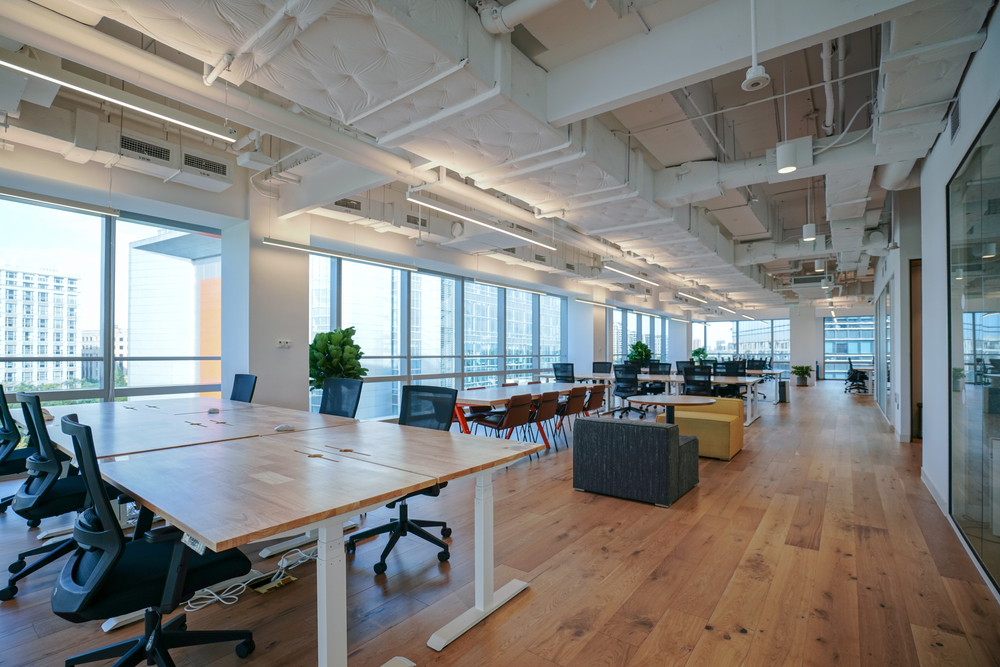We often credit the Covid pandemic with ushering in The Great Resignation, but the truth is, working from home or working remotely was trending well before the pandemic. The pandemic was just the coupe de grace, emptying offices of what remained of the corporate workforce.
As employers invited workers to return to the office two years later, there were few takers. By some estimates, only 3% of employees are even interested in working full time from the corporate office anymore. No matter how you toss it, that’s a lot of empty space.
Life and work had changed for everyone—building owners and landlords included. But despite the reduced need for traditional offices, flexible workspaces, like coworking, are on the rise.
Building owners who convert their unused spaces to coworking can quickly cash in on the growing trend. A well-appointed coworking space caters to a broad cross-section of the working public, including remote workers, small businesses, freelancers, startups, and large organizations experiencing scale.
Flexibility Is the Future: The Benefits of Coworking for Employers
We tend to think of coworking as the milieu of solo workers and freelancers, but there is a significant trend embracing coworking at the corporate level.
For growth-minded companies experiencing rapid scale, coworking facilities offer a flexible, turnkey solution to help them accommodate new employees. High-tech amenities and connectivity ensure they reach peak productivity faster, and without the constraints of geography, it also broadens the talent pool. Coworking offers a low-risk alternative to establishing local headquarters when entering new markets.
All things considered, coworking helps companies become more agile, a compelling angle when marketing to this growing audience.
The Coworking Market is Growing
Of course, large companies are not the only ones that benefit from flexible office spaces. As the number of new small businesses and startups grows in the US, coworking owners have a potentially steady stream of new customers needing professional office solutions.
Commercial real estate companies have jumped on the trend, investing hundreds of millions of dollars into flex space to capitalize on the growth. Experts feel that this growth will continue, predicting that 30% of office space will be “consumed” by flexible office space, including coworking, by 2030.
Global markets for coworking are expected to grow to $35 billion by 2027, primarily driven by the number of startups entering the landscape—companies that often start small and don’t initially require extensive real estate to operate.
Almost all companies in the US are small businesses. 80% of small businesses do not have any employees besides the owners/founders. An additional 16% have less than 20 employees. These facts underscore the need for more flexible office space to accommodate this rather large subset of the business world.
For building owners looking for a long-term solution to their vacancy problems, coworking and flex office space is a viable strategy that supports continued growth.


